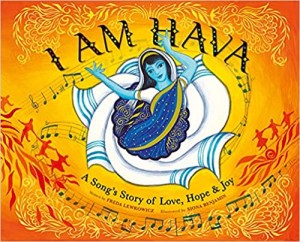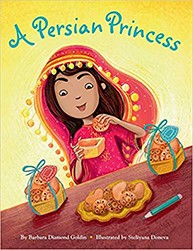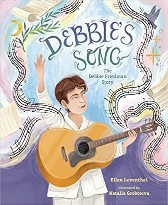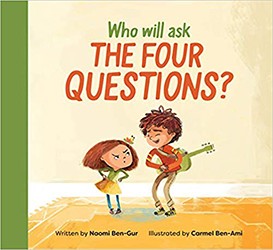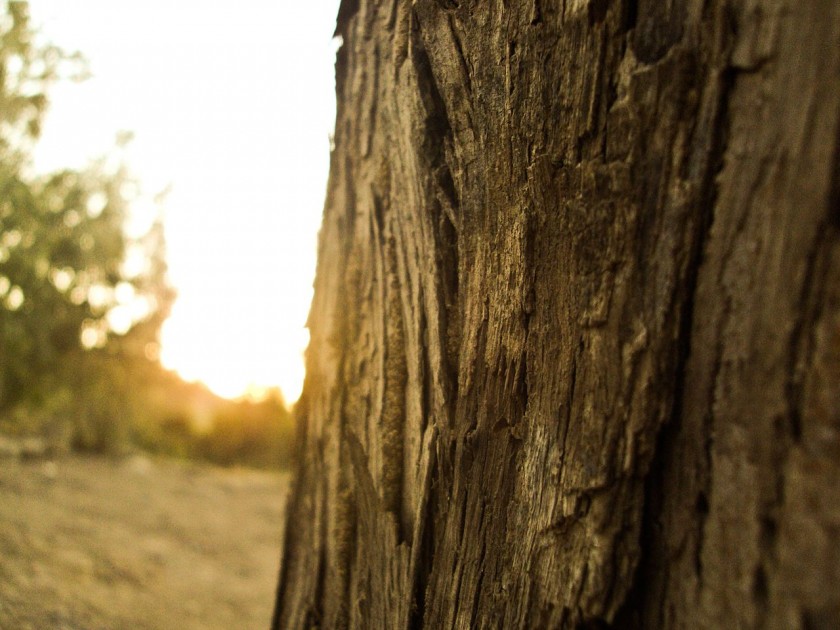
Photo by מרוה עסאקלה
Let’s dig a hole; let’s dig a hole and plant a seed.
Let’s water it, oh, let’s water it, ‘cause it is Tu Bishvat.
Trees are blowing in the wind, they’re blowing .…
Debbie Friedman’s “Plant a Tree for Tu Bishvat” is one of my favorite Tu Bishvat songs to sing with young children. My two- and four-year-old daughters love to act out digging the hole, planting and watering the seed, and swaying like the tree. Although Tu Bishvat falls too early in the year to plant real trees in most North American climates, the image of planting a tree is an evocative one for young children. On Tu Bishvat — meaning “new year for the trees” — it seems like a good idea to plant one.
Planting a tree is a relatively new Tu Bishvat custom — the holiday first appeared in Jewish legal texts about 2000 years ago. The rabbis listed Tu Bishvat as a tax holiday for tree-owners; it was one of four new years in the Jewish calendar. In the 1500’s, the Kabbalists instituted a Tu Bishvat seder that invoked spiritual symbolism surrounding fruits and trees. And the custom stuck: many Jews across denominations conduct a Tu Bishvat seder today.
But it wasn’t until the early twentieth-century that tree-planting became a widely-adopted custom in Israel; today, Tu Bishvat is celebrated as an Israeli Arbor Day. In America, the holiday has evolved into a Jewish Earth Day of sorts. It may have found resonance in part because it speaks directly to secular as well as religious values. What’s more, Tu Bishvat adds to the yearly holiday cycle a welcome opportunity to highlight environmental awareness and activism.
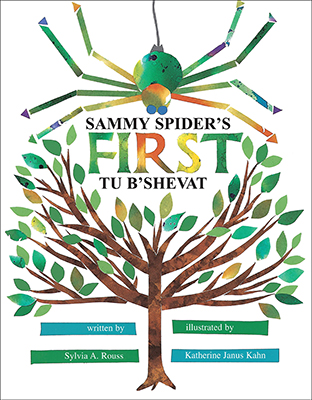
The concreteness and simplicity of the tree theme makes Tu Bishvat a wonderful holiday to explore with children. For younger readers, try Sylvia Rouss’ Sammy Spider’s First Tu B’Shevat (ages 3 – 8). Sammy Spider observes a tree through the seasons, from planting to flowering to losing its leaves. Sammy’s many questions suggest to children that questioning is welcome. Katherine Janus Kahn’s papercut illustrations are delightful, recalling beloved picture book artist Eric Carle. Her vivid colors invite children to notice how the tree changes through the seasons.
Readers who are ready for a slightly longer story will love Pearl Moscowitz’ Last Stand by Arthur Levine (ages 4 – 9). The book is a pure joy to read out loud, and Pearl, the protagonist, is easy to love. By the end of the story, you’ll be cheering her on as she protects her neighborhood’s last tree from destruction. The book doesn’t settle for conveying a simple message about environmentalism; it’s also a joyful ode to multiculturalism and good neighbors. Levine’s skilled writing, along with Robert Roth’s joyfully off-kilter illustrations, makes for a delightful reading experience for both children and adults.
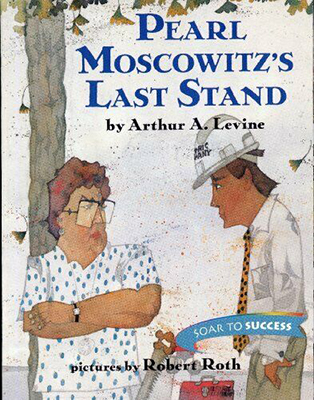
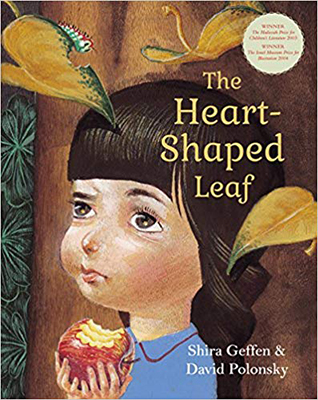
Those looking for fantastical fare will find it in The Heart-Shaped Leaf, by Shira Geffen. The book, originally published in Israel as על עלה ועל אלונה (Al Aleh V’Al Alona), includes a magical heart-shaped leaf and a tree that can speak from inside a soup bowl. The gentle story features a delightfully adult-free world; a father is present for part of the story, but he is asleep on most pages. David Polonsky’s illustrations, which won the Israel Museum prize for Illustration in 2004, have a luminous, otherworldly quality that enhances the book’s sense of mystery.
In addition to these lovely Jewish stories, there are many wonderful secular tree and nature-related picture books that are well-suited to Tu Bishvat — start with Tree by Becka Teckentrup and Picture a Tree by Barbara Reid. And of course, there are plenty of delightful children’s songs for Tu Bishvat. My kids and I have enjoyed this playlist from jewishlearningmatters.com. Happy singing and happy reading!
Anna Caplan is the editor in chief of Honeycake, a Jewish children’s magazine that aims to reflect the diversity of Jewish experiences, identities, and families. A graduate of Harvard College, she lives in Wynnewood, PA with her husband and two children.
